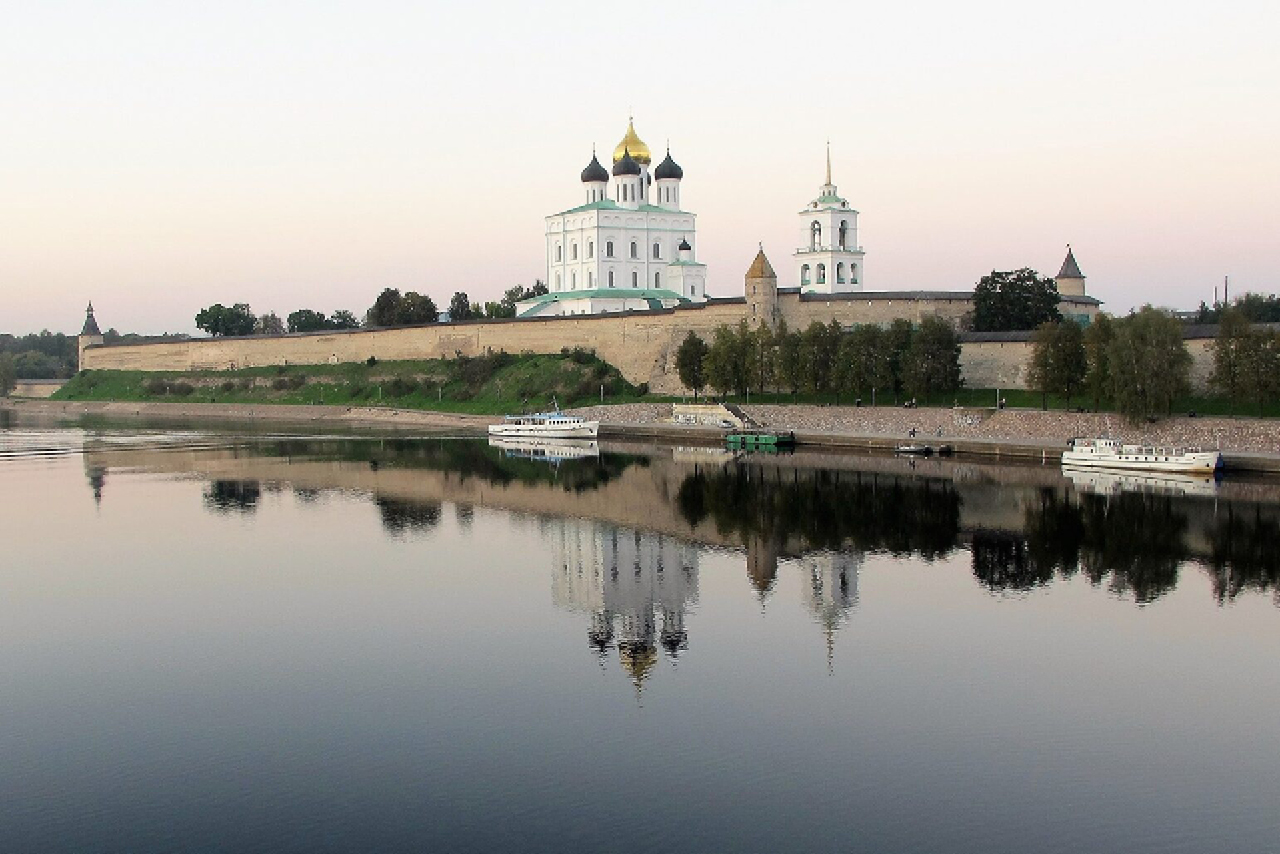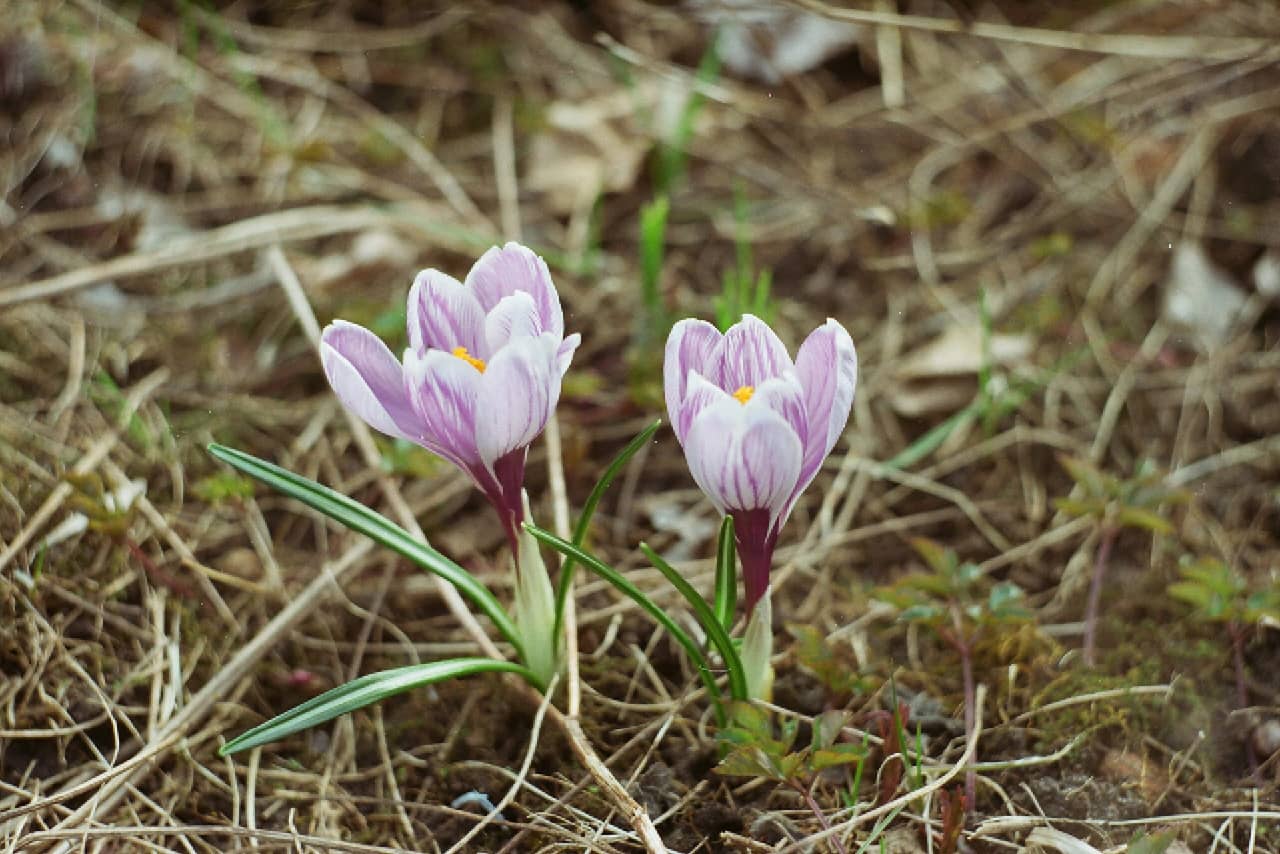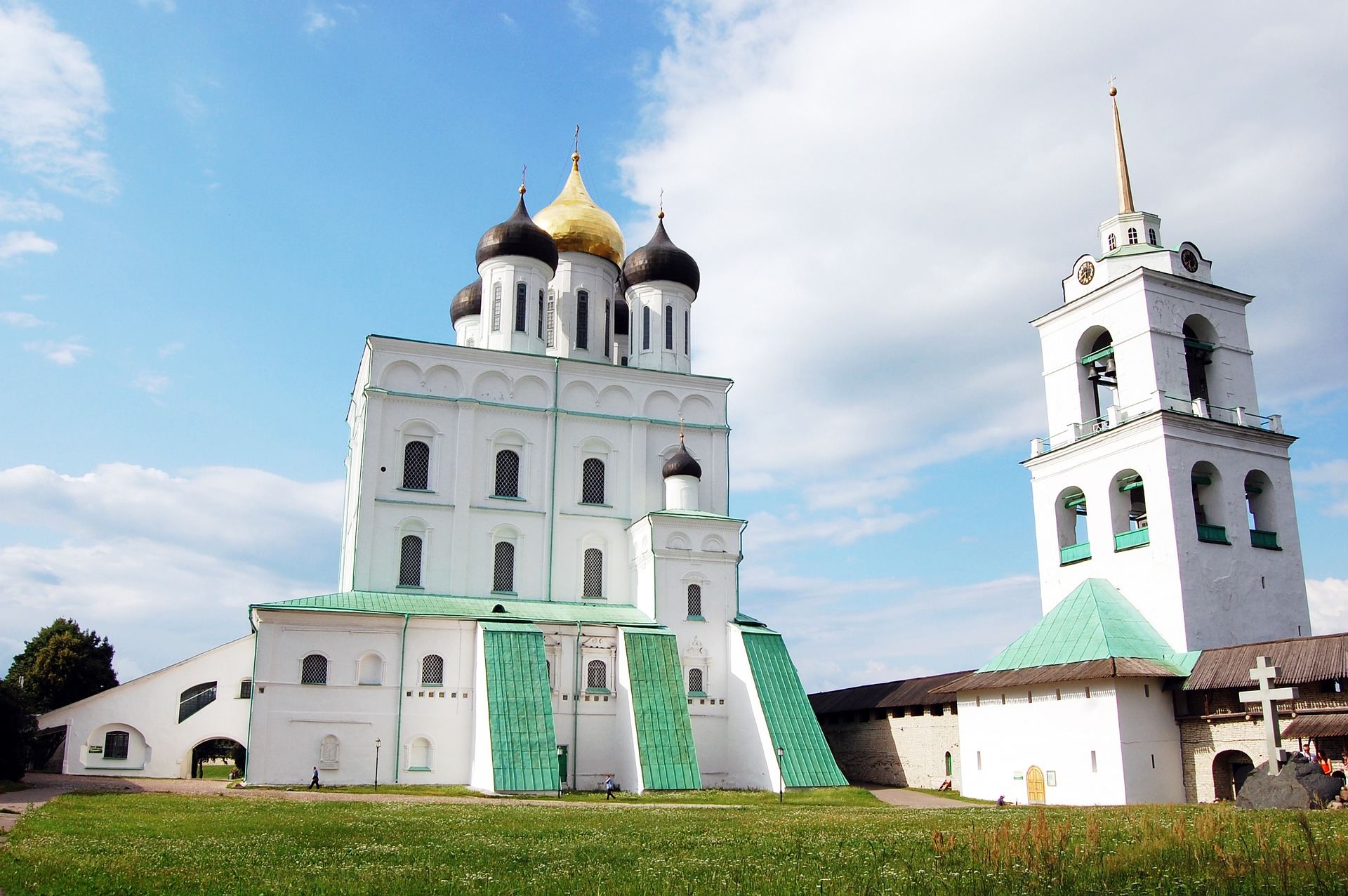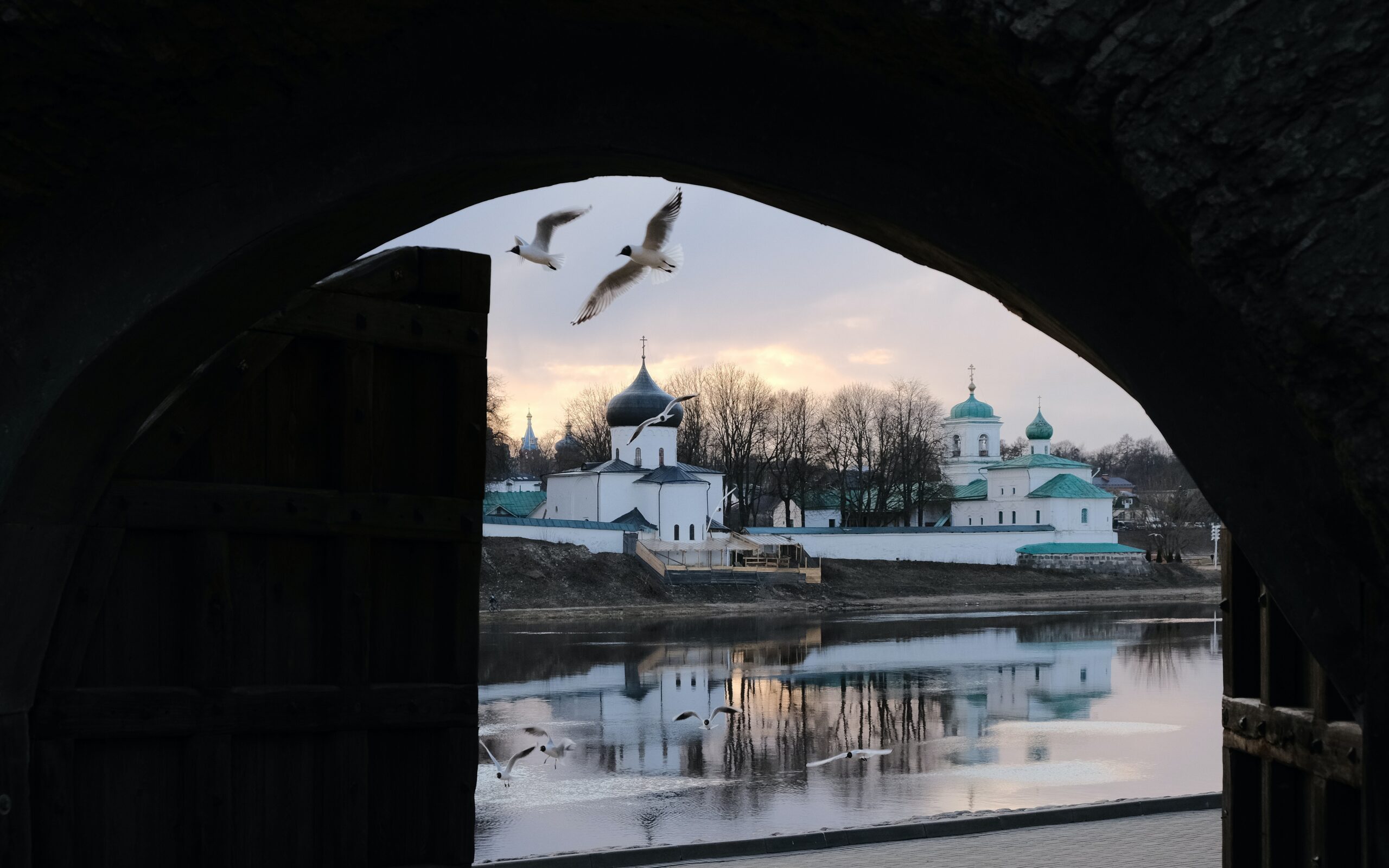let's explore it
Northern Gems
The Silver Ring route comprises several historical cities of 7 subordinate entities of the Russian Federation: Veliky Novgorod, Pskov, Velikiye Luki, Izborsk, Pechory, Ivangorod, Kingisepp, Vyborg, Staraya Ladoga, and Vologda.
The Slavic culture of this area dates back to the 7th-8th century AD. The architectural monuments there represent virtually all periods of development of our country from wooden religious buildings and medieval fortresses, guarding the borders of Veliky Novgorod, to the world-famous palaces of Saint-Petersburg and its suburbs.
types of tourism

Excursion

Religious

nature

Theme
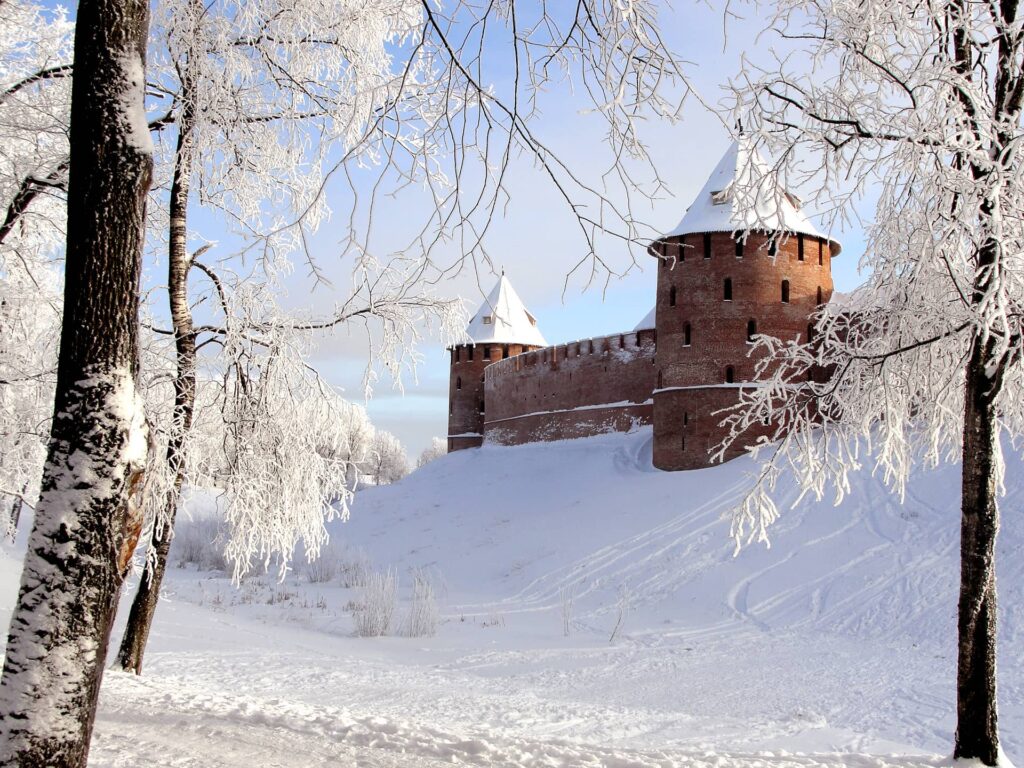
© Center for Tourism Development "Krasnaya Izba"
Birthplace of Russia
Velikiy Novgorod
(Novgorod the Great)
First mentioned in the 9th century, Velikiy Novgorod was the city where the first monarch of Rus settled with his family. Although the proud title of the capital was soon passed to Kiev, the city was very important because of its favorable location. The major trade routes crossed here and the city was always the place of fairs and stay for numerous merchants.
The past glory and significance of the city are seen in the architecture preserved from the 11th century and ancient fortresses. Impressive white stone churches like Saint Sophia Cathedral, Saint Nicholas Cathedral, and Yuriev Monastery amaze with the beauty and solidity.
Western Outpost
Pskov
The territory of the Pskov region belongs to the oldest lands of the Russian state. From the end of the IX to the XII century Pskov, as part of the vast Novgorod lands, was part of the old Russian state — Kievan Rus. Later Pskov falls under the jurisdiction of Veliky Novgorod. At the same time, it remains a fairly independent city, the interests of which the proud Novgorod Veche took into account when it solved the most important issues.
Pskov is a warrior city. It was and remains the largest fortress in Europe. It had to defend itself against enemies from the West for many hundreds of years. The city was surrounded by five rings of fortress walls extending more than 9 km. The legendary Ice battle of 1242 between the Teutonic Order and the army of Alexander Nevsky also happened here – not far from the village of Selva on lake Peipus.
Trigorskoe, Petrovskoe & Mikhaylovskoye
Pushkin Memorable Places
Not far from Pskov, there is a small village of Pushkinskie Gory and three surviving noble estates, Trigorskoe, Petrovskoe, and Mikhaylovskoye, that are associated with the great Russian poet, Alexander Pushkin.
Mikhaylovskoye estate is the State Museum-Reserve of Alexander Pushkin that contains the memorial poet’s places, connected with his life and creative activity. Mikhaylovskoye estate is a place where Pushkin has created lots of his masterpieces including Eugene Onegin, Boris Godunov.
The poet was strongly connected with this place and even asked to bury him here. The tomb of Alexander Pushkin is situated in Svyatogorsky Monastery on the territory of the museum-reserve.
Photos © Nikolay Alekseev
Cave Monastery & Huge Fortress
Izborsk & Pechory
Izborsk was founded so long ago, that no one can accurately say when. In 862, according to the chronicles, there was already a settlement. Its famous fortress was built in 1330 to protect the town from the Levonian order. An impregnable military outpost that once withstood eight severe sieges and survived even more conflicts now disarms with silence and peace.
The Pskovo-Pechersky Dormition Monastery or Pskov-Caves Monastery appeared amongst the caves, which were later used for the burial of monks, warriors, and noble citizens of the Pskov region. The service there has never been interrupted since the foundation till the present day. The monastery is concealed from invaders by large stone walls, stretching more than 700 meters (0.4 mi) and separated by several towers. The boundaries are still held there.
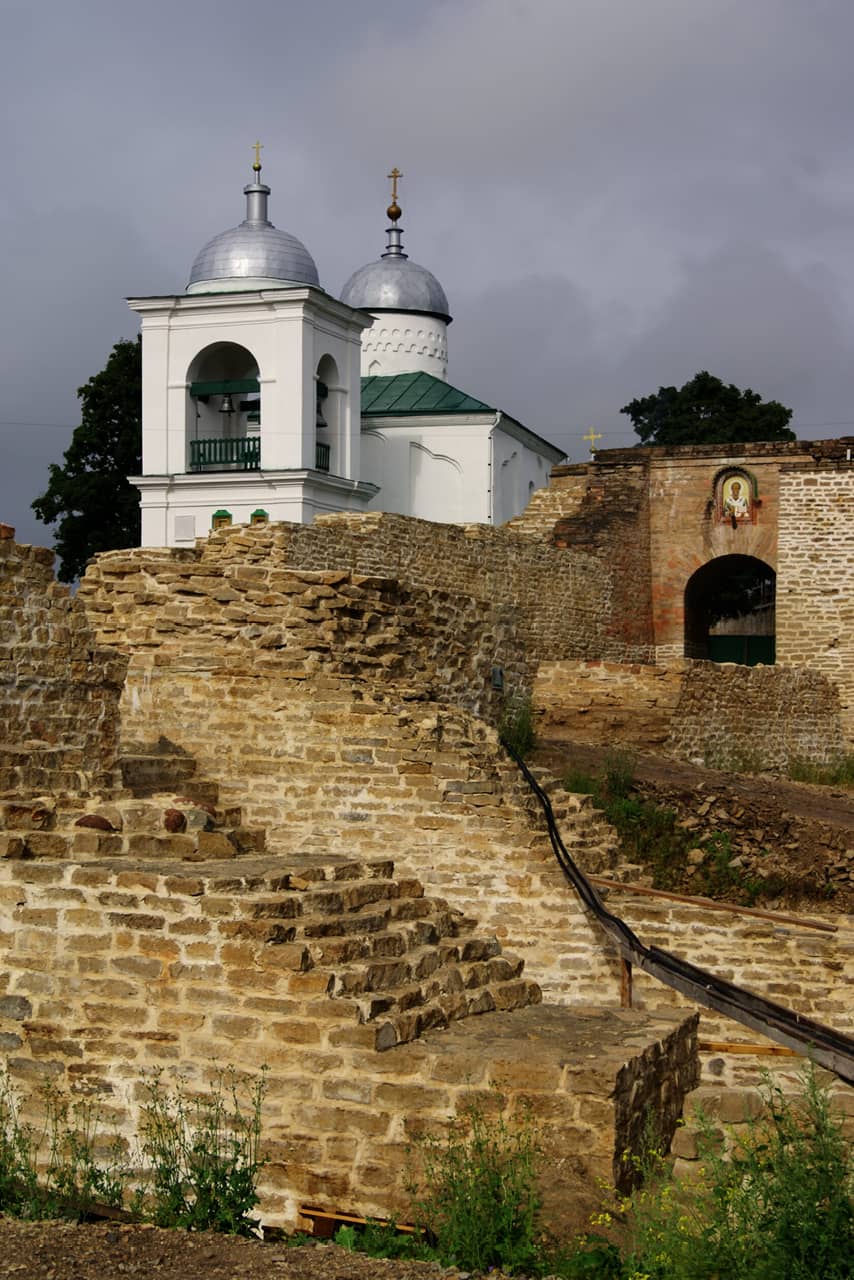
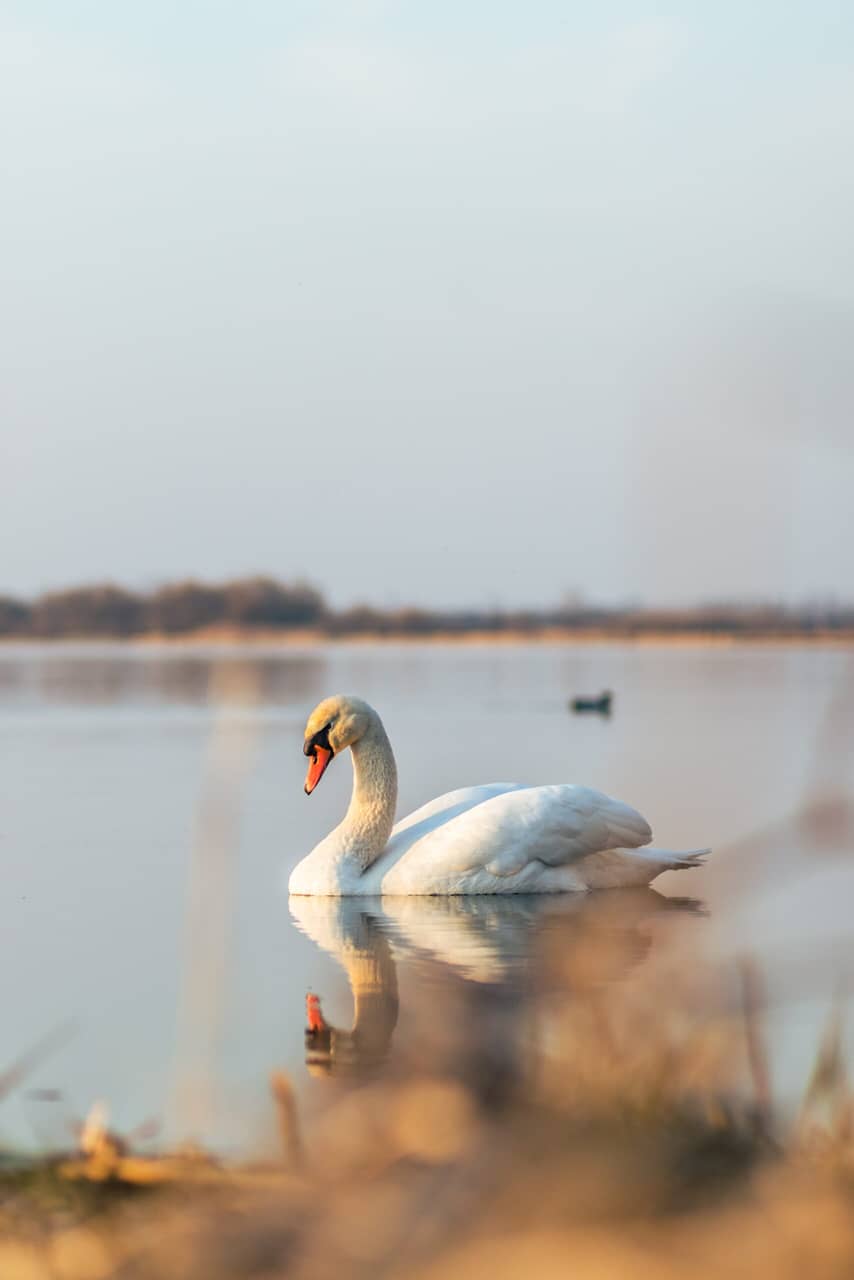
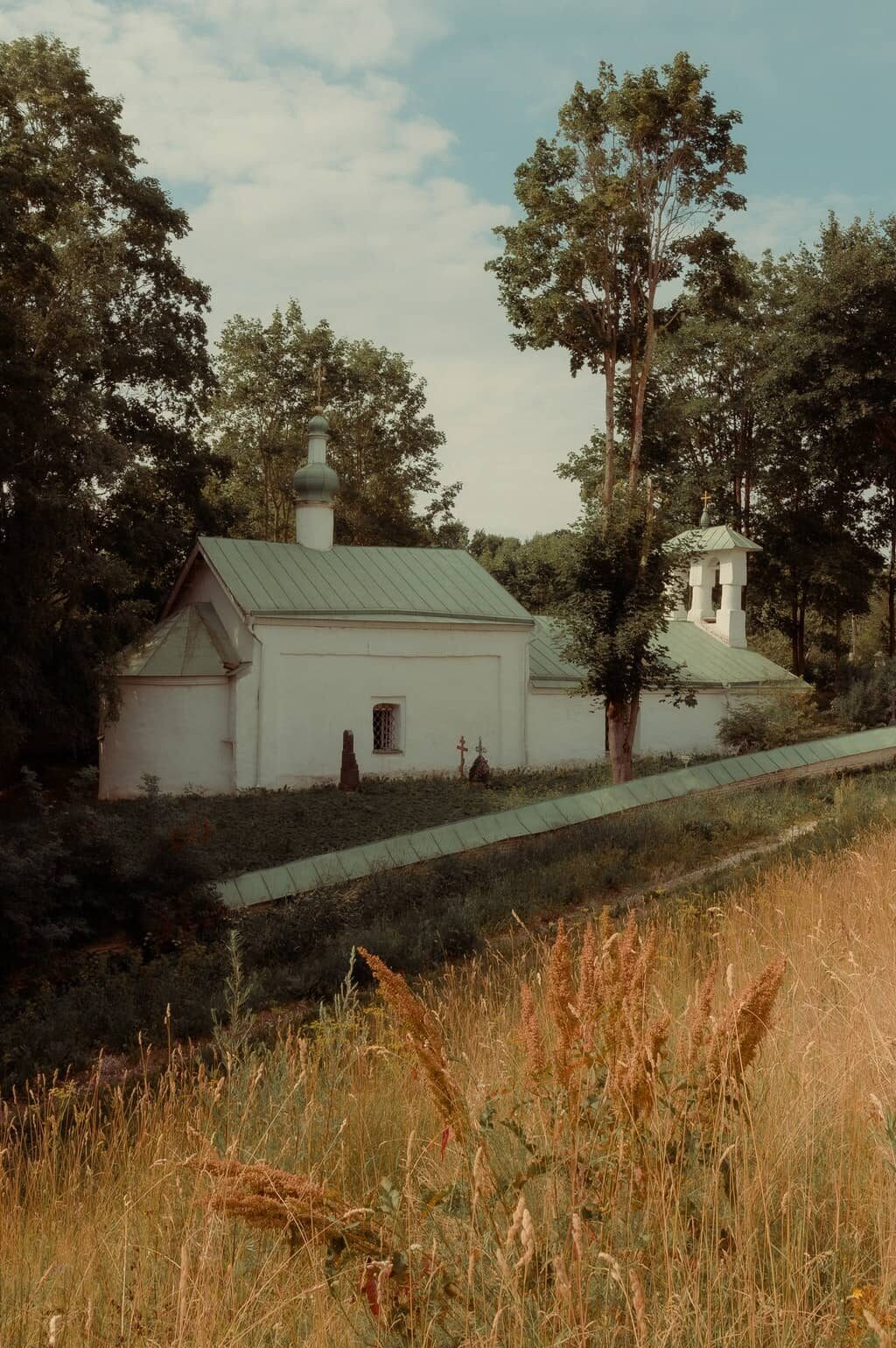
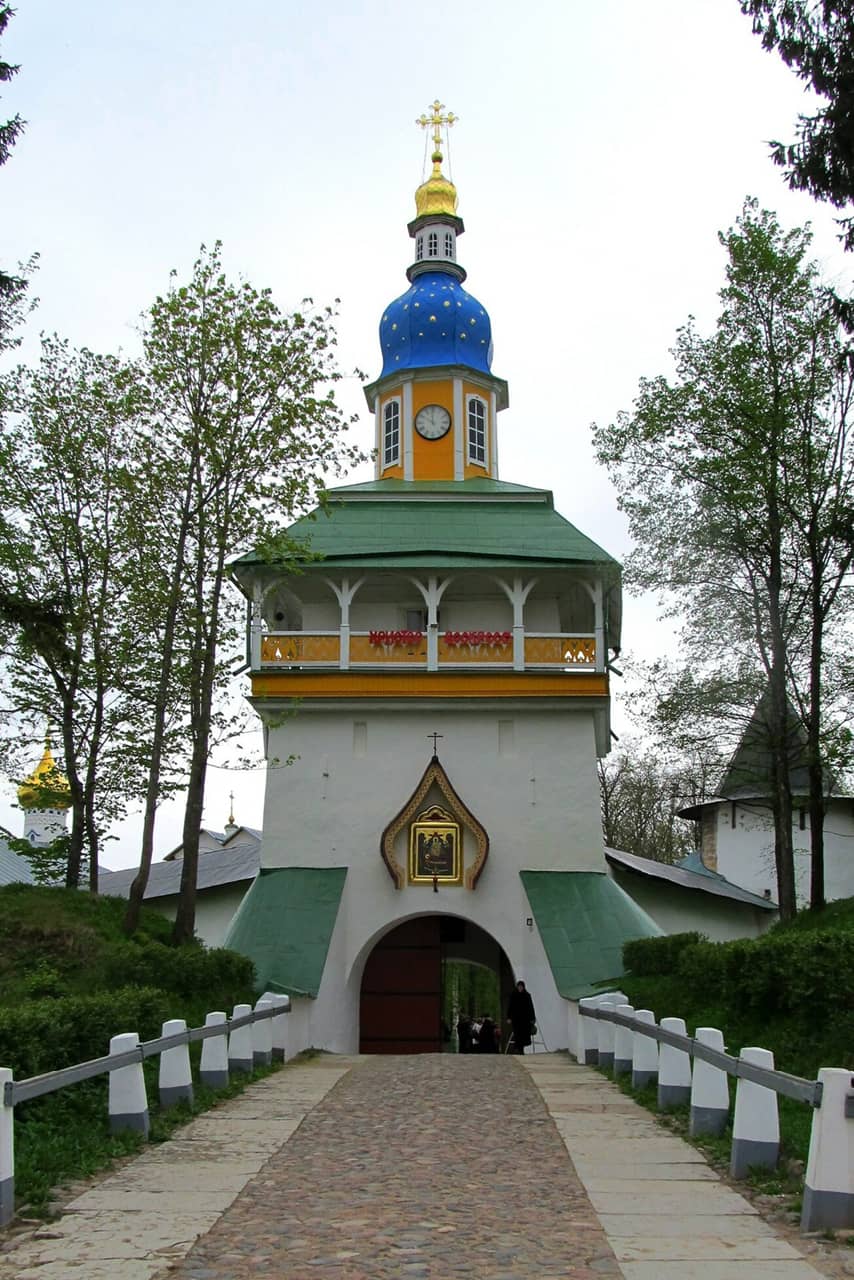
© Loris Silvio (https://www.flickr.com/photos/loriszec/) & Maxim Istomin
Homeland of crafts
Vologda
The first mention of Vologda occurs in the 12th century. Vologda was one of the most important transit centers in Russia’s trade with Holland, England and other Western countries along the White Sea route, it lost this role only after the construction of St. Petersburg.
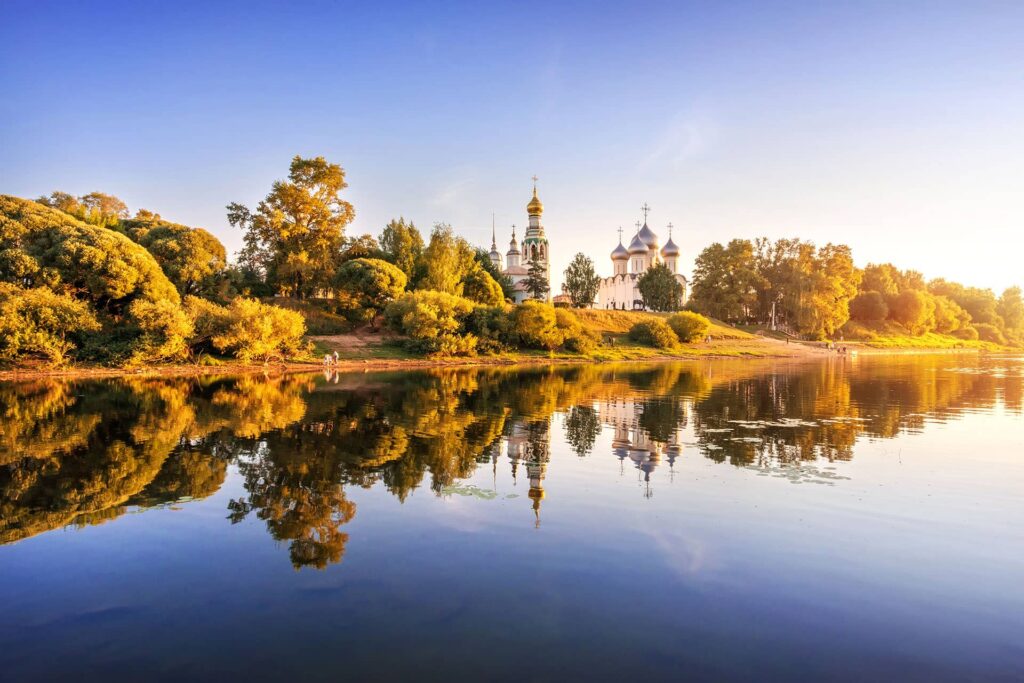
The city’s history is inseparable with Ivan the Terrible. When he divided the country into Oprichnina (his personal territory, the state within the state) and Zemschina (everything else), Vologda became the capital of Oprichnina.
The Tsar had plenty of enemies, so the Vologda Kremlin was built as the most perfect fortress of its era. Thanks to him, the majestic St. Sophia Cathedral was built on the high bank of the Vologda river — the main attraction of the city and the center of Orthodoxy.
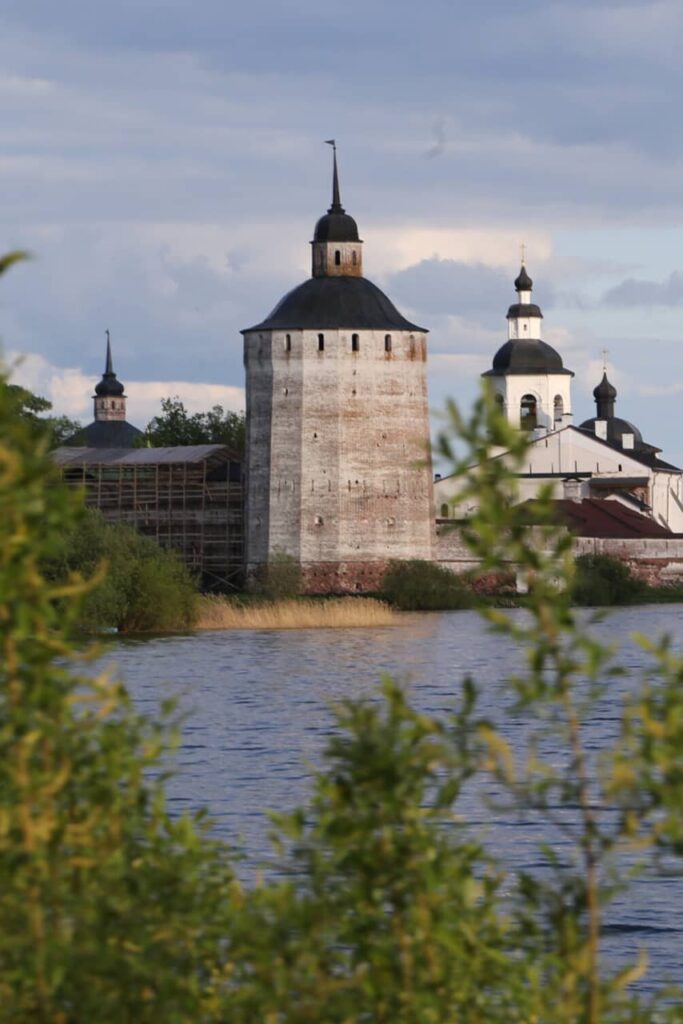
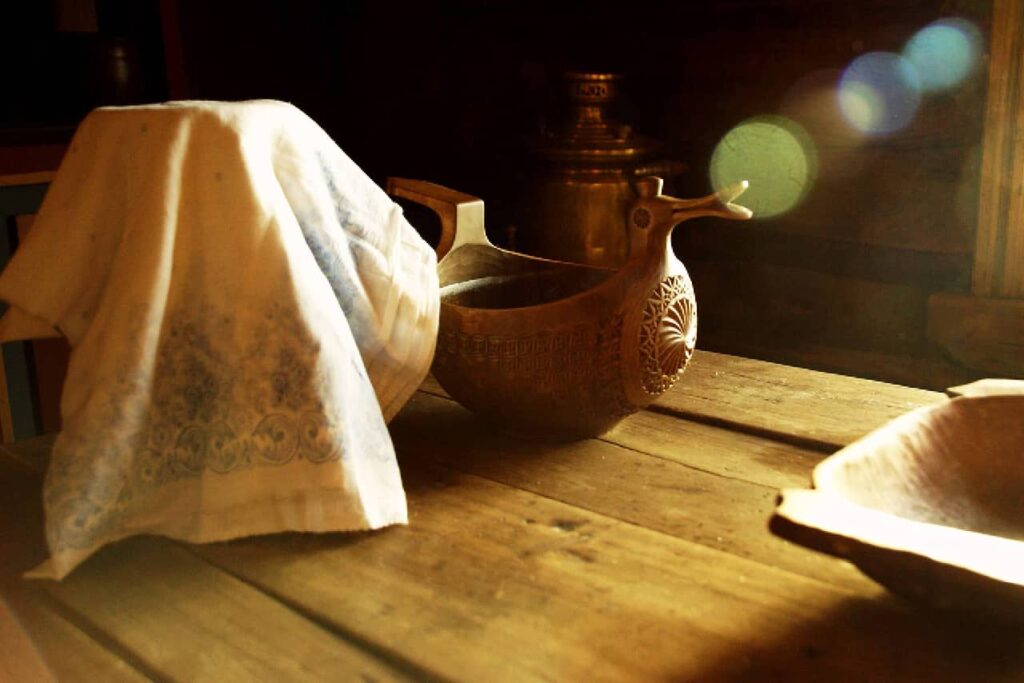
The peculiarity of the city is that it is the homeland of different crafts. The Vologda region is the largest center of Northern icon painting. Vologda is known throughout the world as the cradle of Russian lace-making. The main distinctive feature of Vologda lace is a unique large pattern, located on the background of patterned weaving.
try something new
Itineraries of North West
want more?
More pictures inside the Gallery

